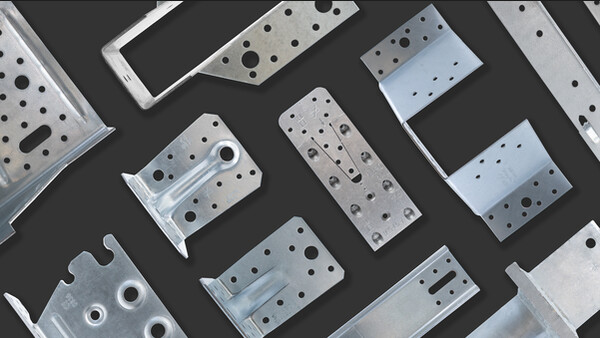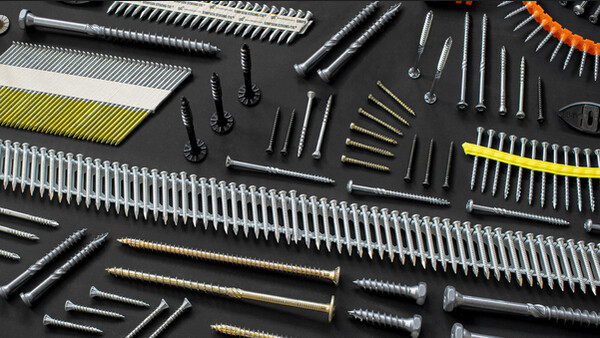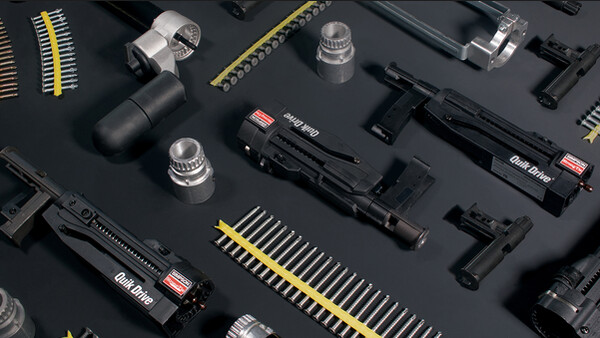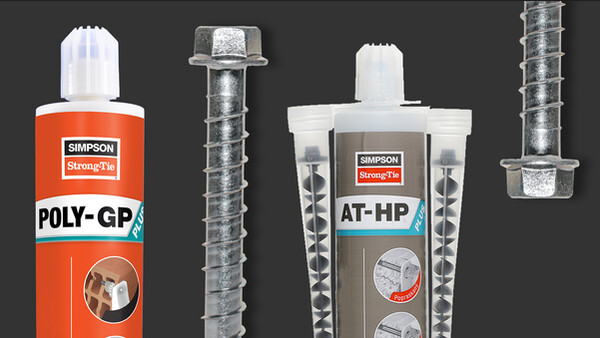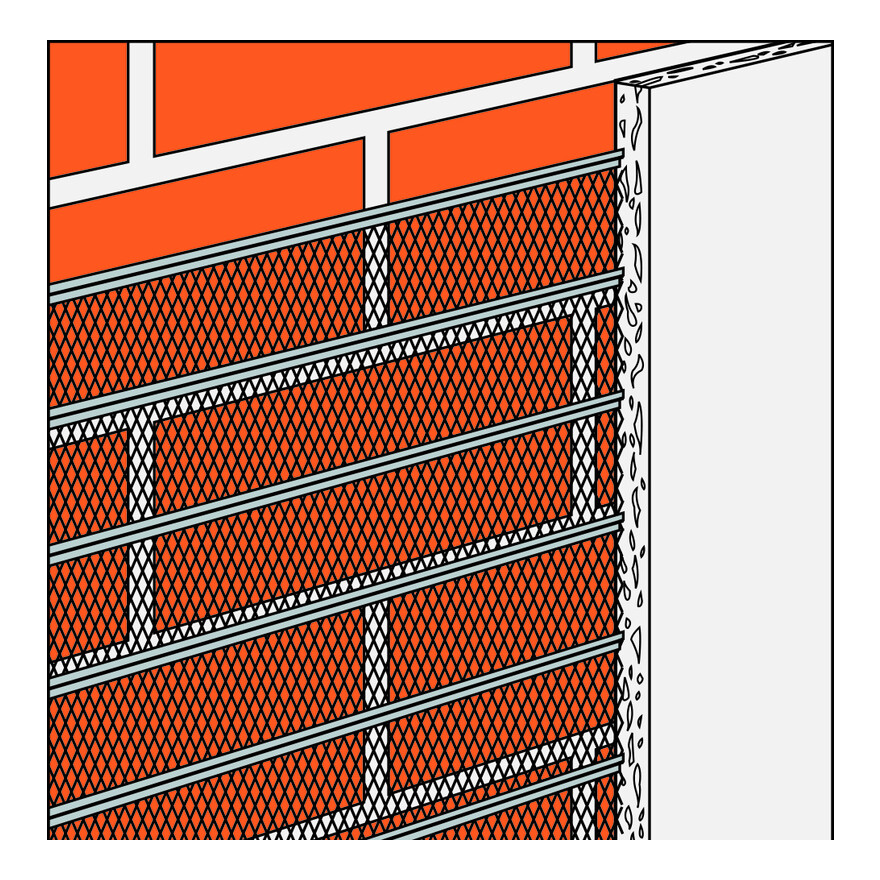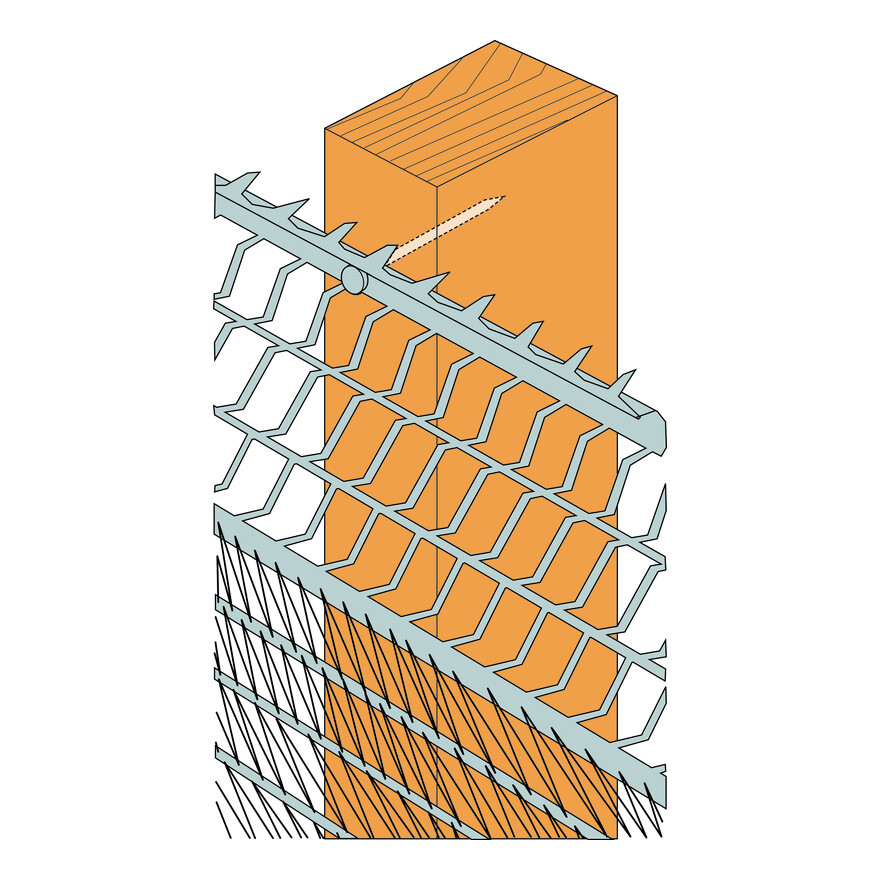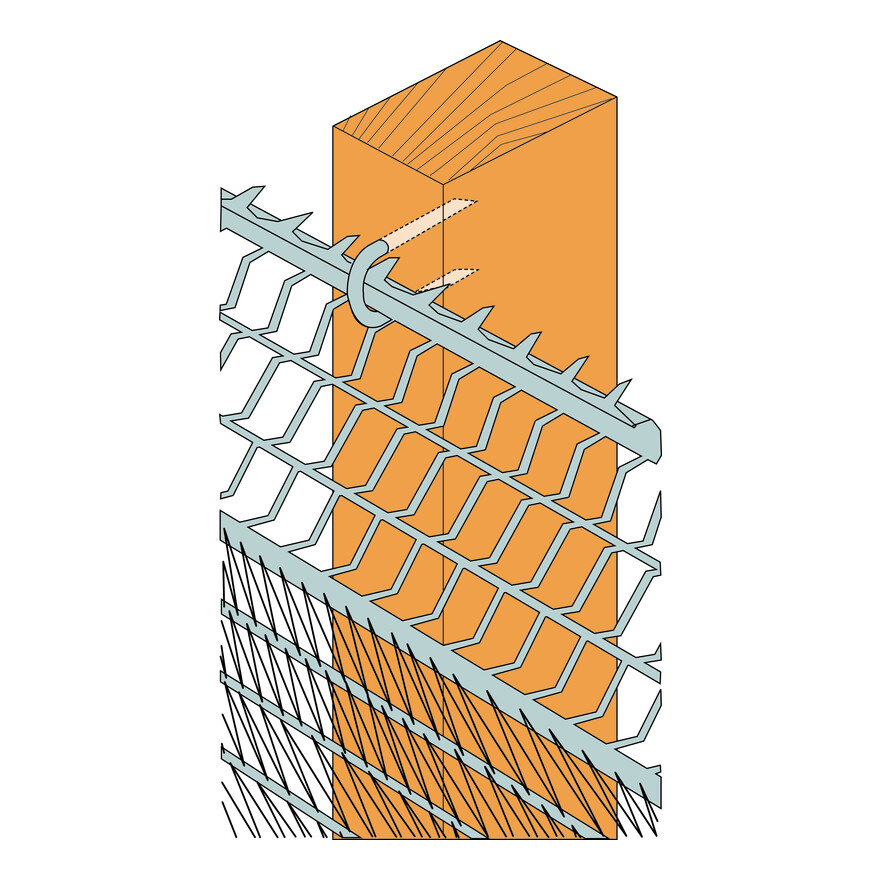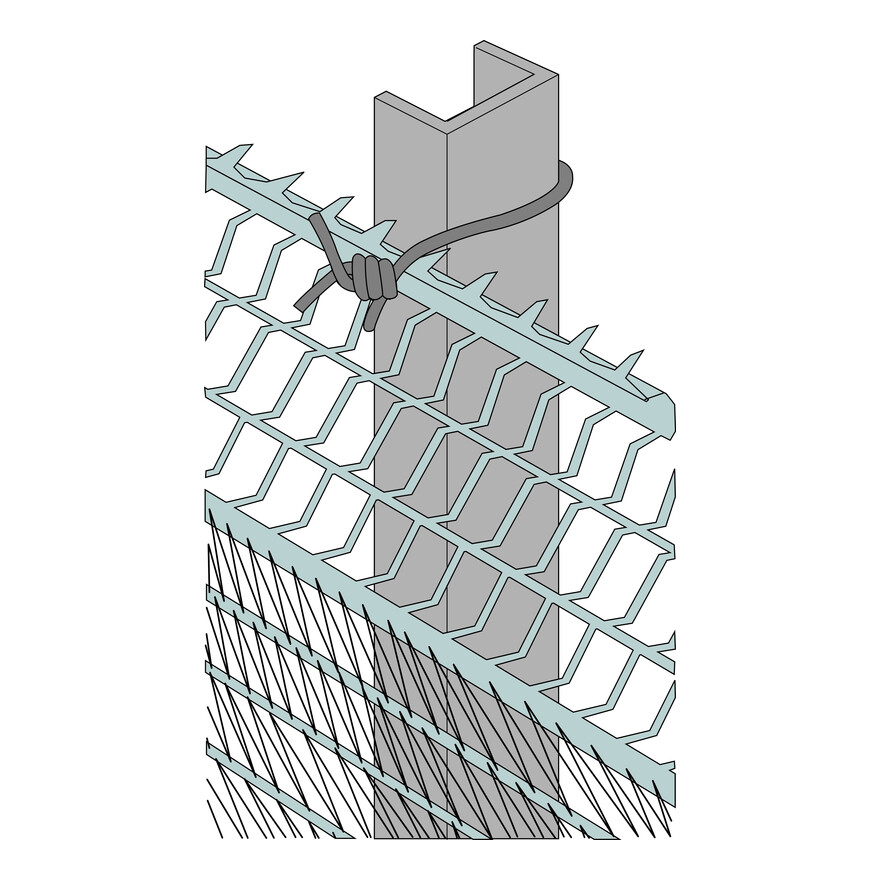Rib Lath
The RBL Rib Lath provides plaster/render backing and is also suitable for the refurbishing of damaged or deteriorated faces of masonry walls. Available in galvanised for internal use and stainless steel for external use.
Installation:
- Fixing of lath should follow BS EN 13914-1:2005 Internal Plastering and BS EN 13914- 2:2005 External Rendering.
- The apex of rib lath should always be in contact with the fixing background.
- Fixing of lath should follow BS EN 13914-1:2005 Internal Plastering and BS EN 13914-2:2005 External Rendering.
- The apex of rib lath should always be in contact with the fixing background.
Fixing to metal or timber supports:
- Timber: Use 38 x 7mm plasterer’s nails or 32 x 2mm staples to fix with ribs running at 90° to timber studs which should be at a maximum 600mm centres.
- Metal: Use 1.63mm or two strands of 1.22mm galvanised mild steel wire to tie around the rib where it crosses each steel stud.
- Steel studs should be at maximum 600mm centres. To join sheets of Rib Lath, the edge ribs should be overlapped and the edges tied at 150mm centres with 1.22mm tying wire.
- Where the ends of the lathing finish in front of a support, overlap by 50mm, otherwise sheets should be overlapped by 100mm with two 1.63mm ties used with each overlapping rib.
- Fixing to solid backgrounds: The ribs of the lath should be held firmly against the background by the use of fixings placed at 600 mm centres.
- End edges should be overlapped by 50mm, side edges by 25mm and tied or screwed at 150mm centres. We strongly recommend the use of Stainless Steel for external applications.
